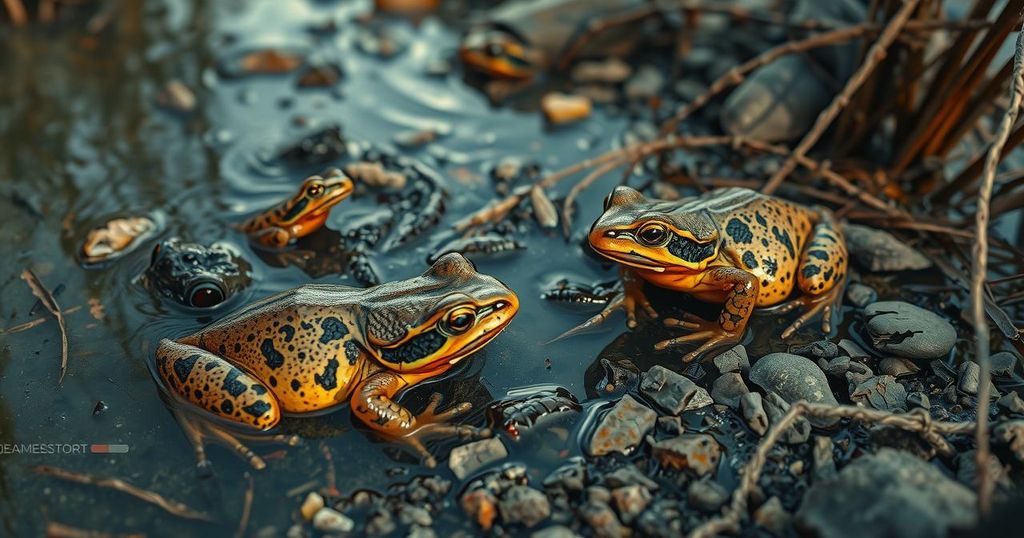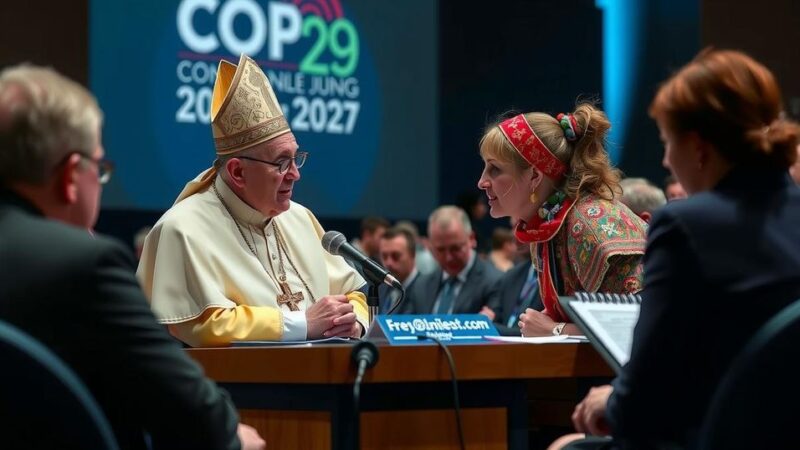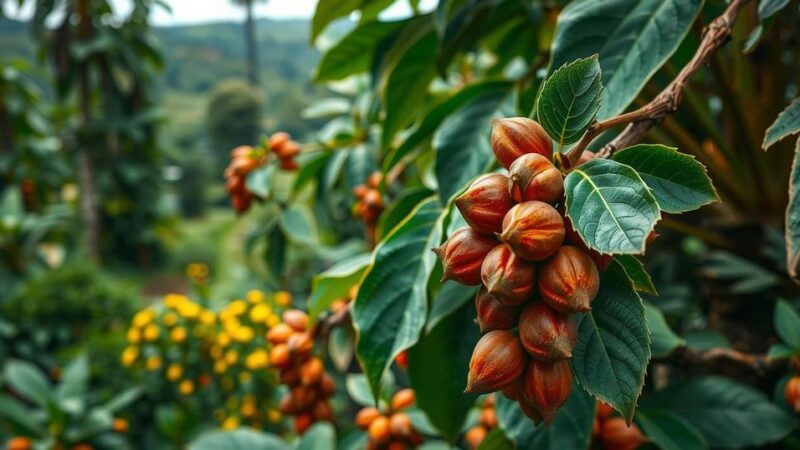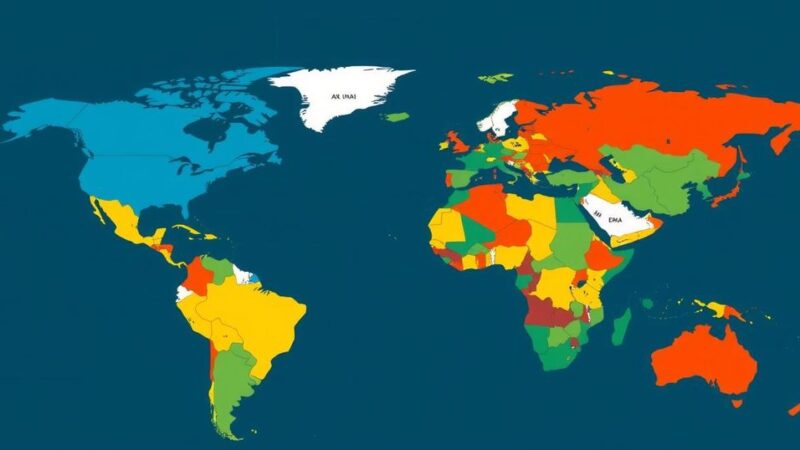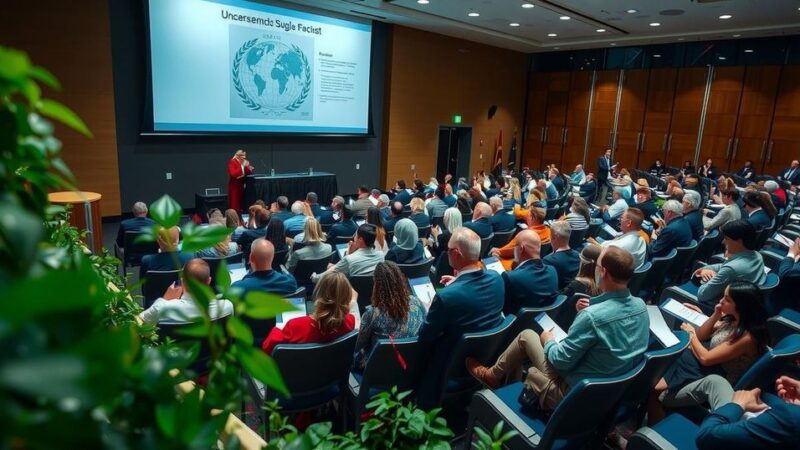A recent study published in *Nature* reveals that frogs and toads may experience severe habitat loss and increased water stress due to climate change, with up to 33.6 percent of their habitats potentially becoming arid by 2100. This study, part of the 2023 Second Global Amphibian Assessment, underscores the plight of amphibian species, which are at high risk of extinction, due to combined effects of rising temperatures and worsening drought conditions.
Recent research published in the journal Nature indicates that frogs and toads are likely to endure significant water stress as a result of climate change, with projections suggesting that up to 33.6 percent of their habitats may become arid between the years 2080 and 2100. The study forecasted that under two climate change scenarios—one projecting a temperature rise of 2 degrees Celsius above pre-industrial levels, and the other a temperature increase of 4 degrees Celsius—between 15.4 percent and 36.1 percent of anuran habitats could be affected by increased drought conditions. The 2023 Second Global Amphibian Assessment, conducted by the International Union for Conservation of Nature, has brought to light that nearly 41 percent of amphibian species currently face the risk of extinction, rendering amphibians the most endangered class of vertebrates. The research team has cautioned that the escalating dryness of their ecosystems will likely lead to a doubling in the rate of water loss among amphibians, detrimentally affecting their mobility, reproductive capabilities, and increasing their susceptibility to various diseases. Furthermore, the study employed biophysical simulations to assess the water conservation strategies of ground-dwelling, arboreal, and burrowing frogs. This detailed analysis revealed that anurans in the tropical biome would experience decreased activity levels due to adverse climate conditions: warming alone would reduce activity by 3.4 percent, drought would cause a 21.7 percent decrease, and the combined effects of warming and drought would result in a staggering reduction of 26 percent. Additionally, the interplay between rising temperatures and drought conditions adversely affects frogs’ physiological functions, diminishing their thermal tolerance and altering their preferred body temperatures. Prolonged dehydration not only impairs locomotor functions but also poses considerable challenges to their survival. Scientists observed that amphibians utilize evaporative water loss (EWL) to regulate their body temperature amidst extreme air temperatures ranging from 40°C to 50°C. Though frogs can maintain their skin temperature around 35°C through this method, it inevitably leads to increased dehydration and augmented energy consumption. The study elucidated, “Stream-dwelling and semiaquatic ecotypes are expected to be at greater risk of desiccation stress than arboreal or fossorial ecotypes, due to differences in adaptation to varying water exposure in their environments.” While some resilience may be exhibited through phenological plasticity, researchers posited that the true determinant of the anuran population’s survival lies in their capacity to acclimate to increasingly arid environmental conditions. Ultimately, the findings underscore the pervasive and synergistic threats presented by both rising temperatures and environmental drying on these vital amphibian populations.
The profound impact of climate change on amphibians, particularly frogs and toads, has emerged as a significant concern within ecological research. In recent years, various studies have highlighted the increasing vulnerability of these species, which are integral to their ecosystems and also serve as key bioindicators of environmental health. The culmination of warming temperatures and drought scenarios, driven by climate change, presents a dire threat to anuran habitats, leading to critical habitat loss and exacerbating the risk of extinction for numerous species. The 2023 Second Global Amphibian Assessment serves as a foundation for understanding the bleak prospects facing amphibians globally, while recent scientific studies enhance awareness of the intricate physiological challenges posed by climate change.
In conclusion, the research presented illustrates the formidable challenges that frogs and toads face due to climate change, with projections indicating substantial habitat loss and increased water stress. The findings point to urgent conservation needs for amphibian species, highlighting their dwindling resilience in the face of escalating temperature and drought conditions. As amphibians emerge as the most threatened vertebrate class, understanding these threats and implementing effective conservation strategies becomes increasingly imperative for the survival of these ecological keystones.
Original Source: www.downtoearth.org.in
